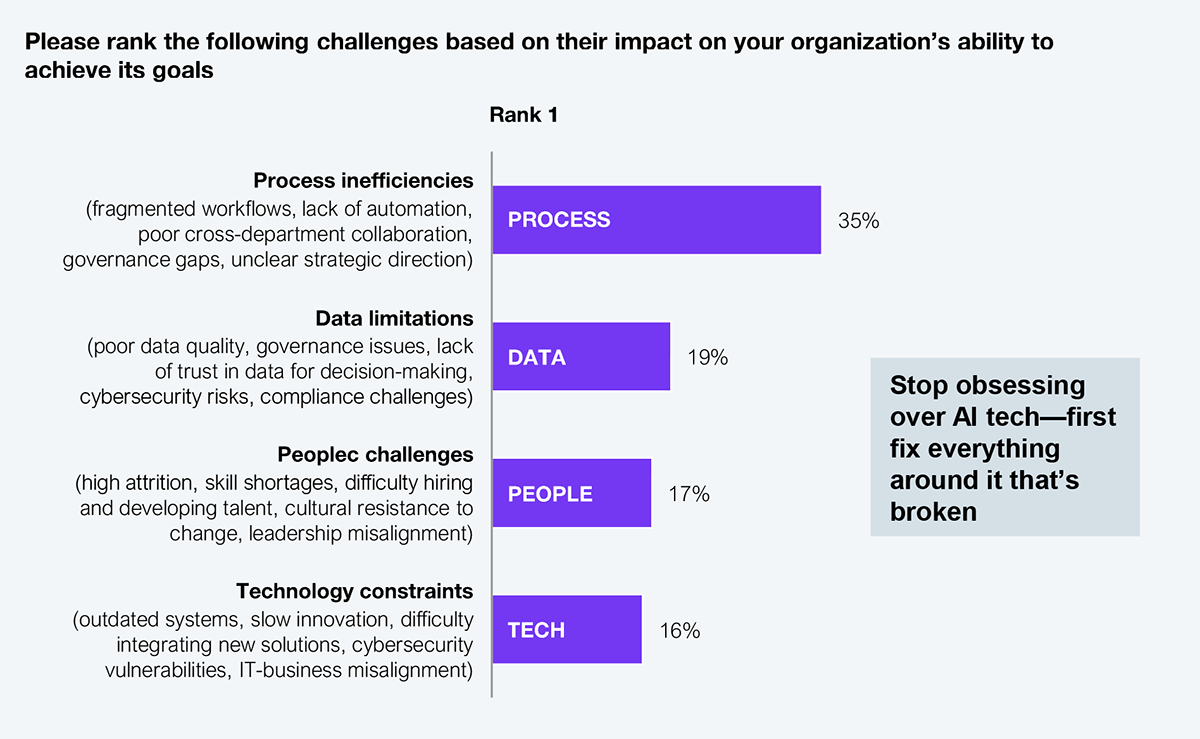While others stand back muttering about the challenges of vibe coding, Cognizant is getting its hands dirty with a CEO-led vibe coding mandate and a commitment to authoring 50% of its code output with AI within 12 months. Customers should expect faster outcomes, and more of them, while preparing for AI integration across all enterprise systems and a new era of multi-agent orchestration at scale.
At its Discovery event in London, Cognizant reported it was already at 25% AI-assisted code generation. Vibe coding is seen as a fast track to scaling that. It represents an evolution of software development. Users simply describe what they want to build in natural language. Platforms such as Windsurf (recently acquired by OpenAI for $3 billion—a 30x revenue validation) exemplify its principles.
Cognizant has created a program of workshops and hackathons designed to ingrain AI-first coding habits across the business.
Enterprise leaders must satisfy themselves that Cognizant’s embrace of vibe coding not only delivers on promises of speed and innovation but also meets concerns over scalability and stability (learn more in our paper: Don’t trade speed for stability as vibe coding emerges).
The charge to 50% AI-assisted code within a year is just the first ‘hyper-productivity’ wave of Cognizant’s near-term AI ambitions. The second is industrialized AI—integrating AI into end-to-end enterprise landscapes.
In this second wave, AI models, services and data pipelines will be wired into core business systems—ERP, CRM, supply chain, and other platforms—to make AI a pervasive and repeatable cog in day-to-day operations. Cognizant’s suite of Neuro platforms (Neuro AI, Neuro AI Engineering, Flowsource, and Skygrade) brings this to life—covering everything from low-code workflow creation to prompt engineering, fine-tuning, deployment, monitoring, and continuous improvement.
However, leaders must be aware that such transformation does not come at the press of a button. Upsides include automated operations, real-time insights, and continuous optimization. But to get there, enterprise leaders must audit and remediate tech debt in parallel, prepare to invest in cross-functional skills beyond coders to include data-ops and process owners (see Exhibit 1), and seek out real customer examples of integration in their vertical to gain line of sight to the future they are trying to build.
Wave three delivers agents that are performing actions. Cognizant has developed a model to prototype and scale multi-agent systems in which enterprise-specific data pipelines, workflow, and domain IP can be engineered in. This provides the context to generate agents aligned to your own team’s ways of working rather than relying on one-size-fits-all generic workflows.
Multi-agent orchestration can unlock unprecedented automation and insight at scale, but there’s the challenge of added complexity across debugging, security, cost, observability, and governance. Cognizant’s multi-agent orchestration blueprint lays foundational elements (audit agents, context layers), but enterprise leaders must probe for battle-tested pipelines, real-world integration proofs, and detailed lifecycle guardrails before scaling their own agent networks.
While the orchestration layer is open-sourced to foster community adoption, the context modules that enable agents to “think” in your business’s language are proprietary. This approach to context, Cognizant claims, has an additional positive—in that it reduces hallucinations. Context engineering turns a “wild” LLM into a tightly scoped enterprise assistant, reducing the likelihood it will invent facts or stray into irrelevant territory.
Many predict the key battlefield for agentic in the enterprise will be about who gets to own the orchestration layer. Cognizant’s choice to open-source its agent orchestration layer and make context its proprietary play is likely rooted in a desire to stay out of a swim lane increasingly occupied by systems of record partners such as Salesforce, ServiceNow, and other ERP vendors.
Enterprise resistance to agentic AI is often driven by a fear of losing control. Cognizant’s multi-agent orchestration model builds in a response to deliver governance and compliance—agents designed to audit other agents on cost, performance, compliance, and ethical guardrails.
For all the coherence and future-facing excitement of Cognizant’s three-wave AI ambitions, firms must be willing to break out of data limbo with the OneOffice data cycle and tackle their process inefficiencies and people issues—not just focus on getting in the shiny new tech (see Exhibit 1).

Sample: 305 major enterprise decision makers
Source: HFS Research Pulse, 2025
When embracing the AI future, no matter the scale of service provider ambitions, your own organization’s commitment to overcoming debts is the only lever that counts.
Cognizant is thinking beyond point solutions with its three-phase approach to delivering the AI future to the enterprise. The challenge for you as an enterprise leader is that to take advantage of what’s on offer, you must commit to closing your own gaps—break out of your data limbo, tackle process debts, and overcome skills gaps and cultural resistance.
Register now for immediate access of HFS' research, data and forward looking trends.
Get StartedIf you don't have an account, Register here |
Register now for immediate access of HFS' research, data and forward looking trends.
Get Started